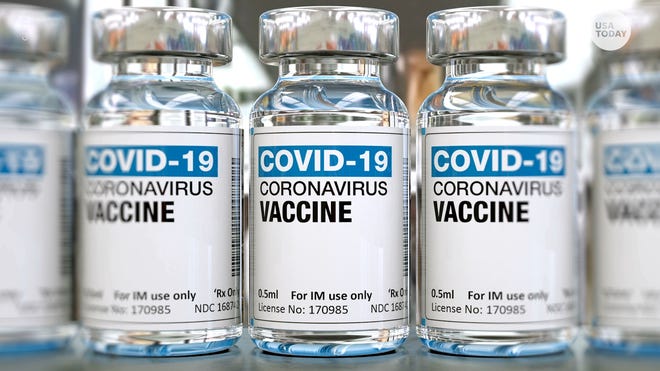The Vaccine and Our Future
January 13, 2021
It has been roughly nine months since the COVID-19 mass outbreak flipped the world upside down. Now, a vaccine has reached the U.S. and has already been administered to hundreds of thousands of citizens nationwide.
At the beginning of March 2020, the country was still open and in full function. No one would have anticipated the sudden closures and nationwide shutdown that would ensue later in the historic month. Students prepared for Spring Break that Friday, March 6th, unbeknownst to the fact that they wouldn’t return to campus until the following school year — and even still it would be optional.
After wearing masks and practicing social distancing became the new norm, many had the same question — when does it end? Another lockdown? Natural selection? Though the country has descended into chaos in every aspect from politics to racial tensions in 2020, the newly introduced COVID vaccine might just be that light at the end of the tunnel.
“I am a volunteer support member for the League City Fire Department, therefore I was required to get the vaccine,” said senior Katie Hubbert. “I was very nervous and apprehensive while waiting in the lobby. Once I got called, I just wanted to get it over with. Actually getting it though, it felt like getting a flu shot, injected in the muscle of my left arm and very quick with little pain.”
In a divided nation, the controversy continues between those willing or unwilling to take the vaccine.
“I don’t plan on taking the vaccine anytime soon,” said senior Luke Robinson. “It hasn’t been around for a long enough time, and we don’t know the long term effects just yet.”
There’s no doubting that the country is split along many issues, the vaccine being just one of them. However, with solutions being offered and hopes rising in the shadow of a brighter new year, there is reason to be optimistic for the road ahead.
Extra vaccine information (courtesy of Katie Hubbert):
Both the Moderna and Pfizer vaccines are two-part injections given a month apart, are at about 95% efficiency, are mRNA vaccines, and must be kept cold. The key difference between the two is the temperature. Moderna’s vaccine must be kept at around -4 degrees fahrenheit, while Pfizer’s vaccine must be kept at around -94 fahrenheit. The temperature difference is a big deal for pharmacies and medical centers because keeping a vaccine at -4 fahrenheit is much easier than -94 fahrenheit. Additionally, Moderna lasts longer at room-temperature.


